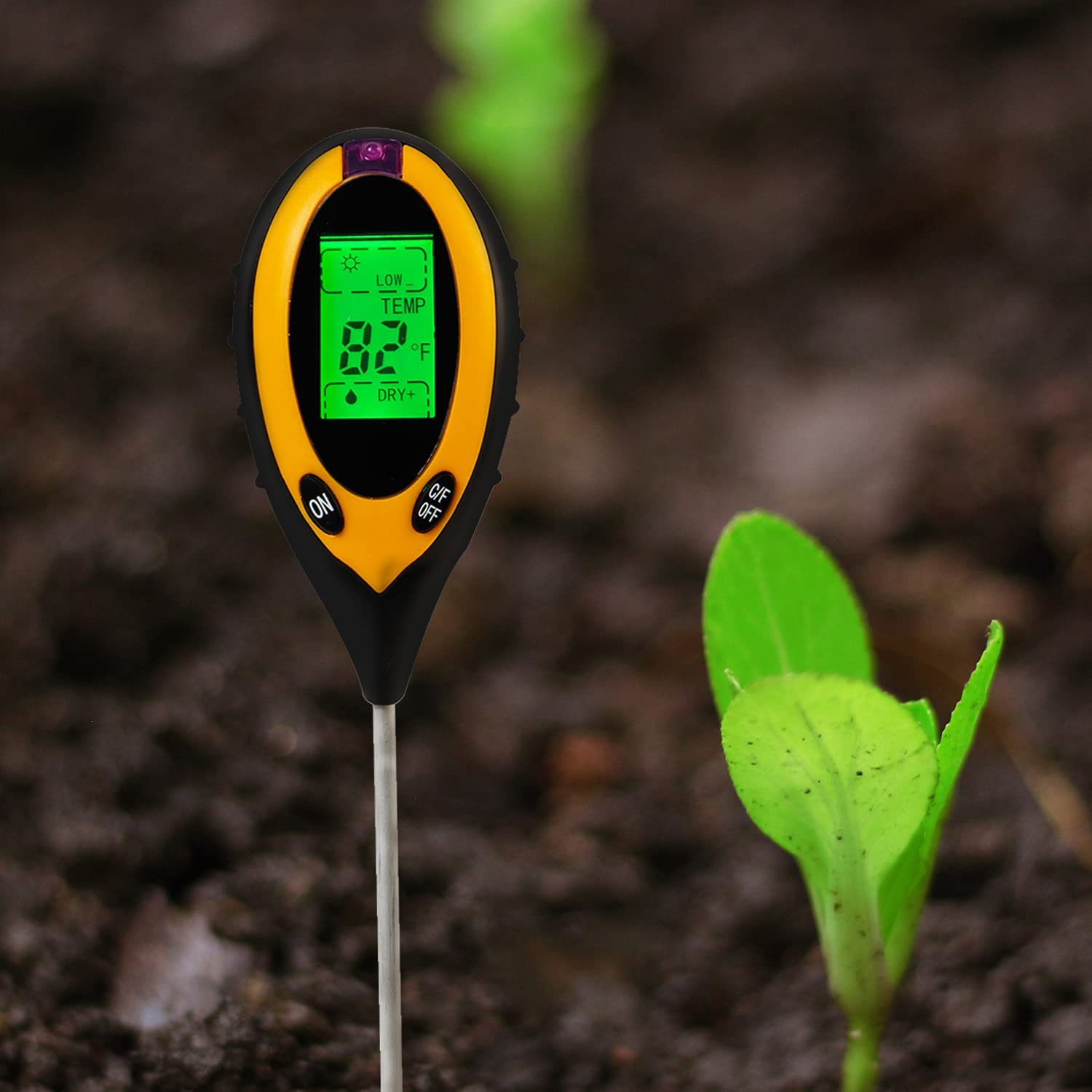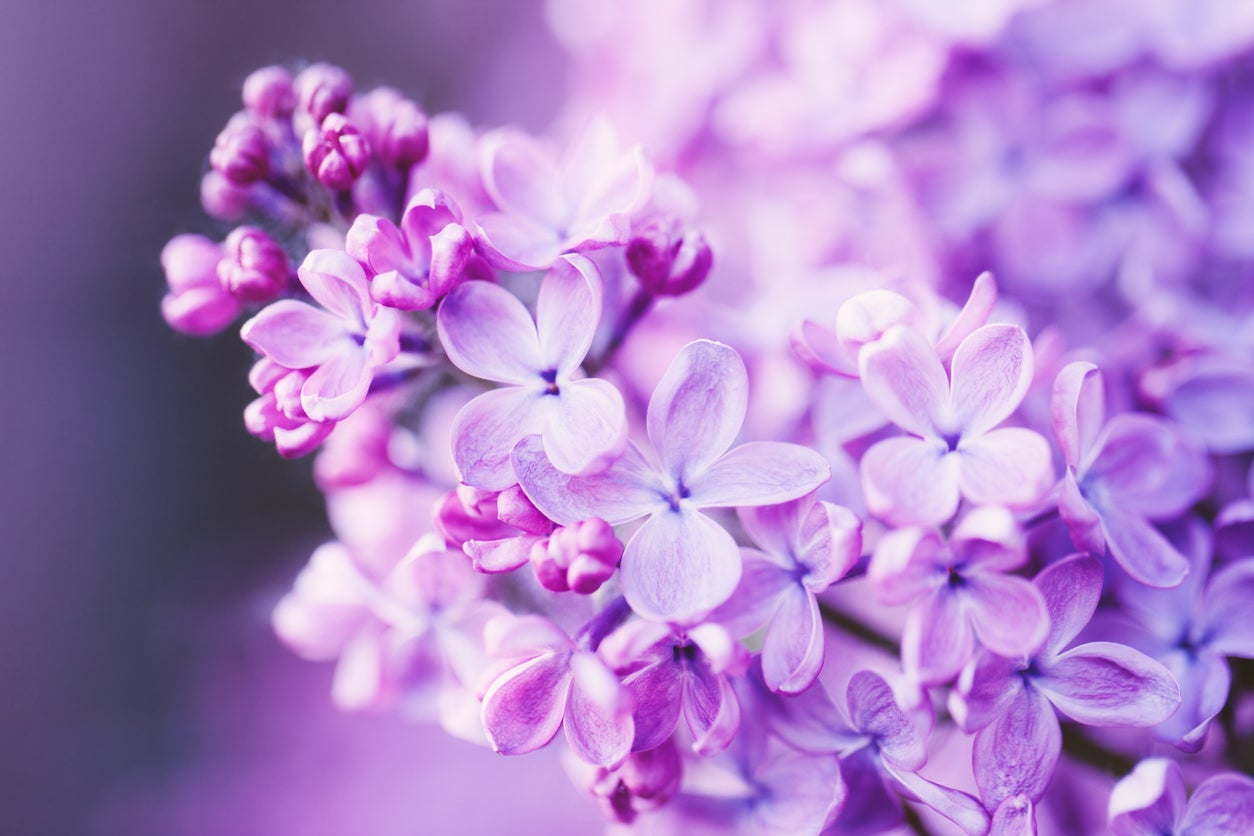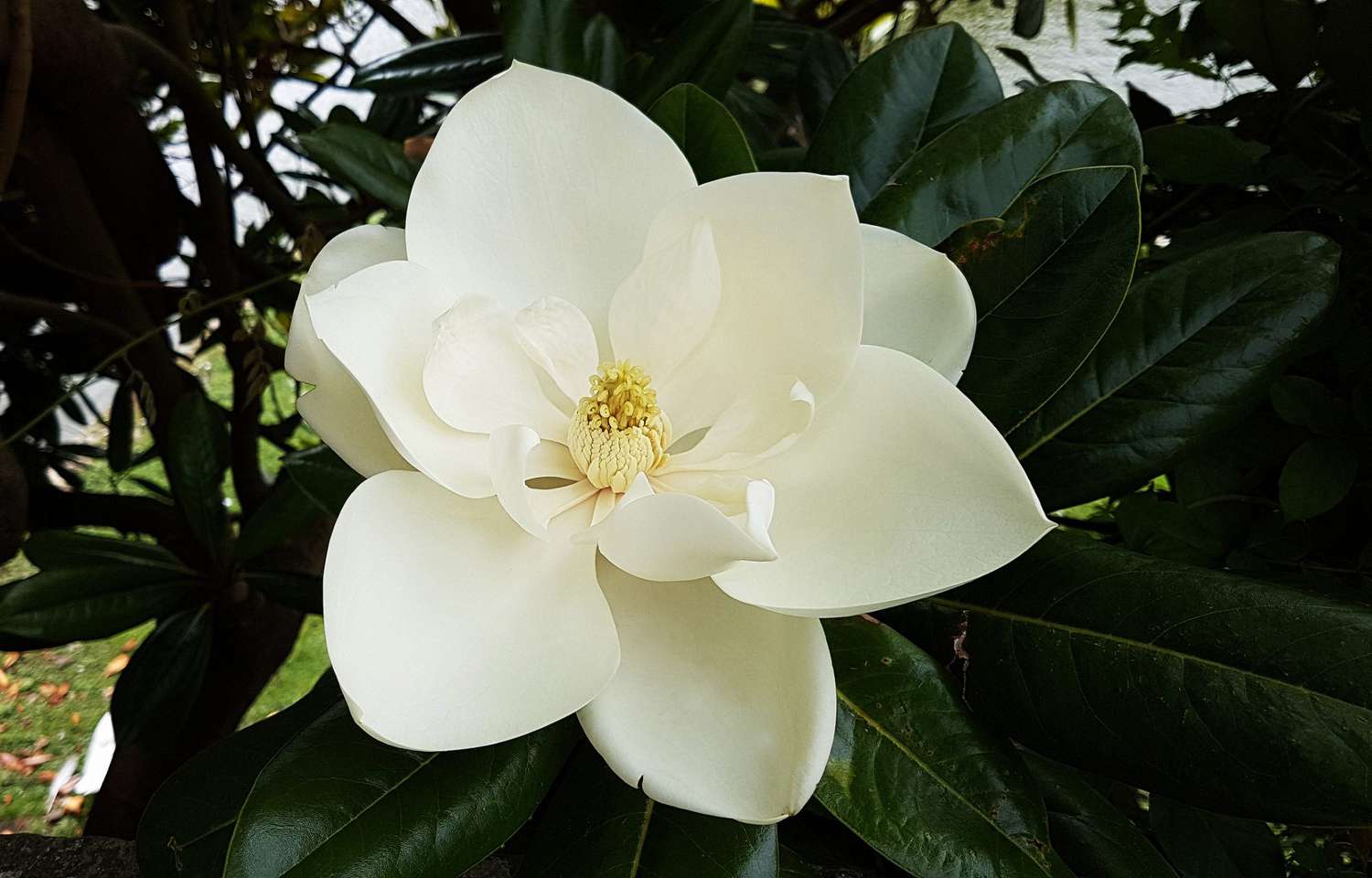Container Gardening Basics and Effective Container Gardening Tips to get started

Container gardening is a great way to encourage your green thumb to flourish. Without an actual yard, you can start growing your plants such as ornamentals, vegetables, fruit trees, and herbs. This post has the most reliable and important information on container gardening basics that you ought to know to have the best gardening experience. In the coming sections, you will get to know about the benefits of container gardening, what kind of container to use, potting soil, and environmental factors that you need to consider before you begin. Beware! If done incorrectly, there’ll be problems with container gardening, such as losing plants, etc.
Benefits of Container Gardening And How to get started:
Starting your very first container garden is not a difficult thing to do. There are many types of plants that are suited for container gardening thus you have a wide variety of choices on which plants you can grow. Aside from being easy, there are many benefits to why you ought to start container gardening.
- Fewer risks to soil-borne diseases. Container gardening ensures that your soil does not have any diseases that can affect the growth of plants thus you ensure that your plants will grow strong and healthy. Also, since the plants are separate in their exclusive containers, it is least likely that one diseased plant will contaminate other plants.
- Easily control weed problems. One of the best things about container gardening is that you can easily remove the weeds from your plants. Moreover, weeds cannot easily take over pots unless you explicitly introduce them thus you can assure that your pots will remain weed-free.
- Allows you to control the moisture, temperature, and sunlight. Growing a container garden gives you the advantage to control moisture, temperature, and sunlight. For instance, you can move your plants from a shaded area to full sun or you can put a planter coaster underneath the pot to collect water so that the plants have enough moisture to sustain them for a few days.
- It is easy and can be done by anyone. Don’t have any experience in growing plants? Then container gardening is for you. It is a great place to start your love for gardening.
- It is the most economical form of gardening. The thing about container gardening is that it is very economical. You don’t need to buy specialized pots because you can use virtually anything for a container such as old buckets, tin cans, car tires, empty cans, and bottled water. All you need to do is to put draining holes at the bottom and fill them with soil to start growing your plants. Aside from being able to use different planters, this type of gardening is also a space-saver. You can do gardening in even the smallest space that you have.
- Liberate the geography in gardening. Even if you live in the heart of Alaska, you can still grow a cactus garden in your container thus giving you the freedom to liberate geography in gardening. The thing is that you are not limited to growing plants according to what your geography says you can.
- Influence kids to start gardening. Gardening is a great skill children should learn and the best way to influence kids is to have them start a container garden. Your kids will never look at peas and carrots with disinterest if you have them grow their food inside containers.
- Helps you outfox garden critters and pests. If your plants are being ravaged by insects and other animals, then container gardening is a great way to outfox them. All you need to do is to move the containers to a place where animals cannot reach them.
There are many benefits why you ought to start your container garden today and above are just some of the basic benefits that you can get from starting your little garden out of pots. Read on to know about how to start your container gardening journey.
1. Choosing the Right Container

Container gardening would not be called such if containers weren’t used. Anything that can hold soil and has drainage holes can be used in container gardening. Containers should also provide adequate space for the roots to grow to give the plants vibrant growth. This section will cover the basics of the different types of containers that you should use in container gardening.
Choices for Container Materials
You can use many things as planters from different kinds of large containers to small ones based on the requirement and are not only restricted to terra cotta pots. The other materials that you can use to grow plants are as follows:
- Artificial stone pots (Hypertufa): This type of planter is very lightweight and it provides additional beauty to your garden space.
- Cast cement: You can make your container by using cast cement. Make sure to use an attractive mold to create the cast cement planter.
- Metal: Metal planters add an attractive design to any container garden. The shiny metal planters make them very posh and clean.
- Fiberglass: Planters made from fiberglass are lightweight and durable. They can withstand the elements thus they last for a long time.
- Nylon stockings: Nylon stockings take shape of whatever shape you want them to conform with. Planters made from nylon stockings are great for making hanging container gardens which is very crucial if you want to utilize the vertical spaces in your area.
- Peat pots: Pots made from peat moss add a great addition to your container garden. They are very attractive and also natural. The peat also slowly decomposes which provides nutrients to plants.
- Ceramics and pottery: Ceramics and potteries are great container planters that add beauty to your container gardening. They come in different shapes, colors, sizes, and designs that will fit the décor of your home.
- Stoneware: Stoneware planters add rustic elegance to your container garden as they look very natural. Unfortunately, stoneware planters are quite heavy thus avoid picking big planters if you plan to move your plants from one place to the other.
- Wood: Wood planters can also be used to grow different plants. Examples of wood planters include boxes, tree bark, or hollowed stumps. This type of planter also decomposes slowly thus releasing the nutrients for the plant’s uptake.
- Recycled materials: You don’t need to spend a lot of money to start your very own container garden. You can use old boots, wash tubs, furniture, empty bottles, tin cans, wagons, toys, and many others. If you use recycled containers, make sure that you clean them first especially if they used to contain household items like vinegar, sugar, or salt.
Things to Consider When Choosing Containers:
The type of material that you choose for your container gardening. Below are the things that you need to consider when choosing planters for your container gardening.
Is the material porous?
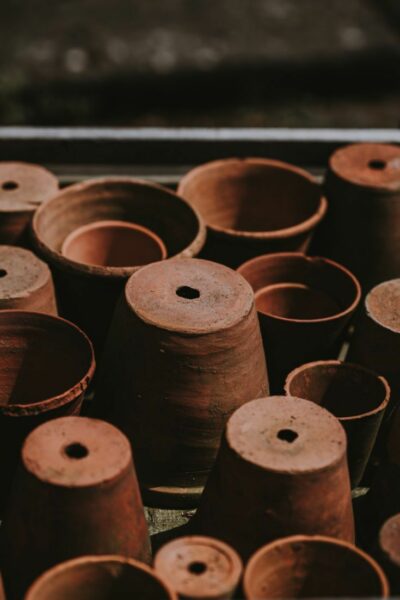
The porosity of the planter will greatly affect the ability of the container to lose water thus affecting the health of your plants. If the material is made from clay, terra cotta, or peat pots, they are very porous thus they tend to lose water fast. If you opt for this container, line it with plastic to make it resistant to water loss.
Is the pot heavy or difficult to move?
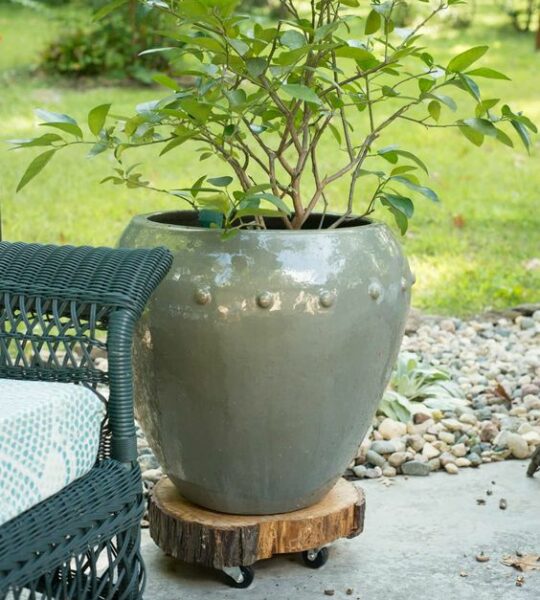
The advantage of container gardening is that you have the benefit to move the pots from one place to the other depending upon the requirements of the plants and cleaning purposes. Make sure that you choose planters that are not too heavy.
Will you have enough space in your house for a container garden to grow?
If you don’t have enough space in your house to plant a garden, it should not discourage growing a container garden. Instead, you can opt for a hanging container garden by using hanging baskets, window planters, or a mailbox. If you opt for these planters, make sure that you water them more often as they tend to dry out faster.
Will the materials fluctuate in soil temperature and ruin the plant’s health?
Soil temperature is the most important element that can affect your container garden. For instance, if you use a metal container, the temperature can fluctuate rapidly within the day. On the other hand, choosing planters with dark colors tend to absorb more heat which can kill the roots.
Will the material rot through time?
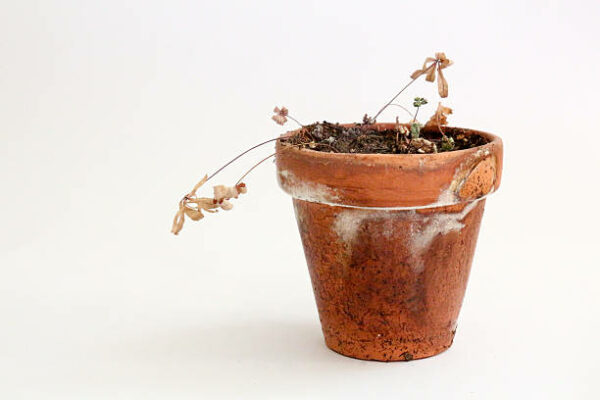
Planters like peat moss and wood will rot over time. If you don’t want the material to rot fast, buy treated lumber. However, you need to be cautious when using treated lumber because it might contain harmful chemicals that will be absorbed by the plant.
How much will your planters cost?
You might need a lot of planters to start your container garden. Planters do not come cheap even if you decide to buy them in bulk. If you don’t have enough money to spend on planters, you can use recycled containers and decorate them according to the style and look that you want.
2. Potting Soil and Soil Mixes for Container Gardening

Well-prepared garden soil is crucial for growing plants. However, using ordinary soil is not appropriate for container gardening. Soils for container gardening should be well-draining and aerated but still retain enough moisture for the plants to grow.
- Various recipes of postings mixes and soils are used in container gardening to ensure proper drainage as well as aeration.
- Container soils are usually made from peat, bark, vermiculite, coir fiber, and compost.
- Other materials for the potting soil include perlite and sand.
- These soils are well draining but they also provide proper aeration to the soil.
- When filling the pot with the soil do not fill the pot until the top. Make sure that you leave a one-inch space between the top and rim to make water easier and also to prevent the water from running over the edge.
- Now if you are using a fairly large container, do not fill it with soil otherwise you will have to spend a lot of money.
- To reduce the cost, you need to add filler at the bottom which includes crushed aluminum cans, packing peanuts, and crushed plastic milk jugs.
- You can also use organic fillers but they decompose through time.
3. Environmental factors that affect your plants

Container gardening allows you to control the microenvironment of your garden. Several environmental factors will affect your container garden.
Light
Light and temperature are very important factors that can help you successfully grow plants in containers. The best thing about container gardening is that it offers convenience and portability. If you live in temperate regions, the light conditions change so make sure that you move your plants to get enough sunlight and avoid high temperatures.
Wind
The wind is considered a seasonal problem and if your area suffers from strong winds during the summer, the containers may tumble over especially if they are small. To prevent the wind from toppling over the pots, combine the weight of the container and soil with the upper portions of the plant for stable support. If your plants are blooming or have big leaves, relocate them if there is a strong wind.
Heat Absorption
Too much heat can kill your plants. However, it is important to take note that the type of material of your pot can affect greatly the heat absorption of your plant. If you only have dark-colored plants, you can type Mediterranean plants, herbs, and succulents that can withstand high heat temperatures.
Seasonal Changes
Seasons can affect the growth of your container plants. The best thing about container gardening is that the changes in the season do not have a big impact on the plants as you can relocate your plants to different places in your house where they will be safe.
Do you think keeping our basics strong is extremely important to do anything? Well, in the case of container gardening, we hope this guide with everything basic yet important from picking the right kind of container to understanding how various environmental factors affect your plants, could help you with starting your container gardening journey.


